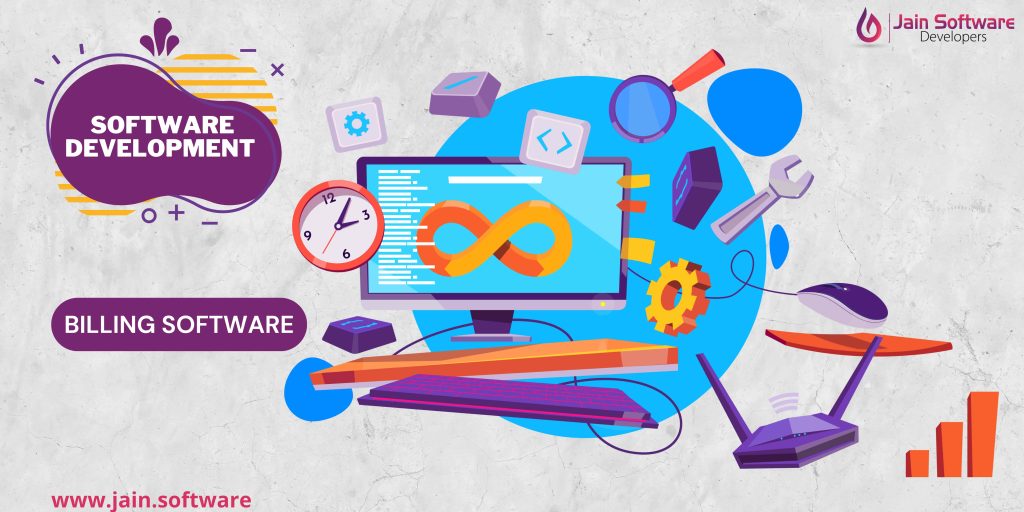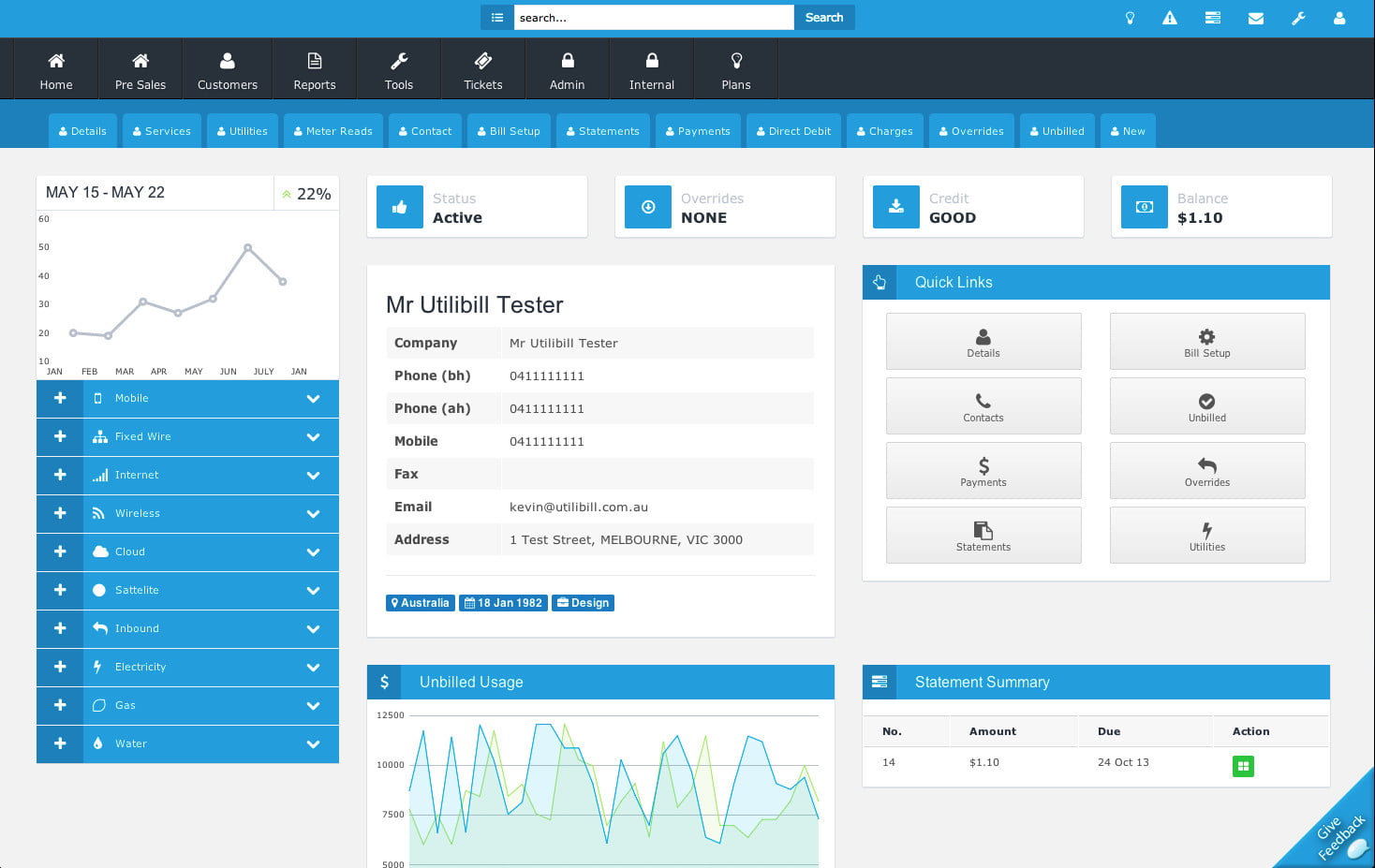Adapting to Change: COVID-19 and Global Impact on Software Development Trends.
In Official BlogAdapting to Change: COVID-19 and Global Impact on Software Development Trends.
Introduction:
COVID-19 pandemic has changed almost every aspect of life, including that related to the technologies and in particular software development industry. 2016 was a year of unprecedented challenges for the world and those impacts were felt in areas like software development. In this blog post, we’ll dive into how the pandemic impacted and sped up some trends in software development space.
The Rise of Remote Work:
Remote work is one of the most obvious and enduring effects of that pandemic on software development. This shift did not only present difficulties in terms of cooperation and interaction but also opened up opportunities for new approaches, tools.
Collaboration Tools and Platforms:
A sudden shift to remote work led organizations to use collaboration tools and platforms more than before. Software development teams resorted to video conferencing, project management tools and communication platforms that enabled seamless collaboration. Technologies such as Slack, Microsoft Teams, and Zoom became vital to keep teams connected and projects moving forward.
Agile Development Practices:
The pandemic brought agile development practices even more into the focus of attention. The inherent flexibility and adaptability characteristics of the Agile methodologies thus became vital as teams thrived in uncertain environments and amidst rapidly changing project specifications. Short development cycles, iterative changes and a close collaboration with stakeholders allowed teams to be agile in the face of uncertain circumstances.
Accelerated Digital Transformation:
The pandemic served as a trigger for digital transformation projects in all sectors. Compelled to conform to the ‘new normal,’ businesses sought out ways of improving their online presence as well as software solutions for streamlining operations. That demand for digital solutions grew intensively, it resulted in a priority paid to quick development and implementation of appropriate solution focusing on the scalability and flexibility of software architectures.
Cloud Computing:
Cloud computing became very popular as organization’s looked for scalable and price-effective solutions. Scalability of supply to demand became an important aspect for businesses that had volatile patterns in users. cloud platforms such as AWS, Azure and Google Cloud played a crucial role in helping the boom for remote collaboration , making it easier to undertake constant software development.
Security Concerns:
As many companies have swiftly shifted to remote work and became more dependent on digital platforms, cybersecurity emerged as a critical issue. Software development teams were facing new security challenges associated with remote access, collaboration tools and overall increased online activity. Robust cybersecurity measures and secure coding practices became key components of the software lifecycle.
AI and Automation Integration:
The pandemic emphasized the role of automation in many parts of software development. Teams looked for ways to be more productive and lessen manual workloads by using automated testing, continuous integration , AI-driven development processes. Pandemic-related data was massive and provided an opportunity for businesses to conduct proper analysis using machine learning algorithms so that they could gain valuable insights.
Resilience in Software Architecture:
The pandemic brought the need for robust and scalable software architectures into sharper focus. Software engineers began to pay more attention to creating applications that were able not just withstand a sudden increase in usage, but also adapt themselves depending on the current circumstances. The microservices architecture, containerization and serverless computing became popular due to the fact that they help promote scalability and fault tolerance.
Increased Focus on User Experience:
With the growing of digital landscape, it became more critical for user experience UX then ever before. Software developers started focusing on the principles of intuitive design, usability and user-centric features to improve overall impression. User interface improvements came in handy as they accommodated the needs of different users such as those using remote collaboration tools, e-commerce platforms and especially healthcare applications.
Tech Talent and Skill Development:
Shift to remote work also influenced how organizations approached talent acquisition and skill development. Virtual onboarding processes became typical, and barriers related to hiring talent based upon geographic locations were greatly diminished. There was an emphasis on improving software developers’ skills and continuous learning since they were forced to work with new tools and technologies.
Conclusion:
The Covid-19 has transformed the landscape of software development, fastening tendencies that were already developing and creating new paradigms. Modern software development process cannot do without the remote work, agile methodologies, cloud computing, a stronger emphasis on security and user experience. As time goes by, lessons that the industry has learned through these hardships will sure inform how software development teams innovate collaboratively and adapt in future.
final conclusion, the unprecedented transformation ushered in by COVID-19 pandemic has hugely affected software development trends across the globe. The difficulties posed by the pandemic became a driving force for innovation and transformation within the industry.
Increased use of digital solutions sparked a tremendous growth in being able to scale and secure software architectures which led companies into embracing cloud computing and focusing on powerful cybersecurity practices. The use of AI and automation became necessary both for efficiency despite the pandemic but also to gain insights from all that data generated during this period.
As businesses sought to address the challenges of their pandemic journey, they found new importance in user experience. intuitive design and accessibility in software applications paved the way to create a wide variety of tools, from remote collaboration platforms to healthcare applications.
Furthermore, the global effect of COVID-19 went beyond borders as it influenced talent recruitment and skill training in software development. Virtual onboarding processes and less geographical focus helped in attracting a diverse talent pool from across the globe. 2019 saw a focus on upskilling as developers learned new tools and technologies in the fast-changing industry landscape.
Even though the difficulties were real, they manifested with extraordinary resilience and adaptability on behalf of the software development community. What was learned during this period is of great value, and shaped further directions in the industry. Moving forward, the trends driven by pandemic – remote work practices, agile capabilities, cloud computing services enhanced protection and user-centered design will probably remain dominant in defining how software is created or released processes paving a new wave of developmental approaches and collaborative structures. In a post-pandemic world, adapting to change is no longer just an attribute of progress but one of the driving forces behind software development.





